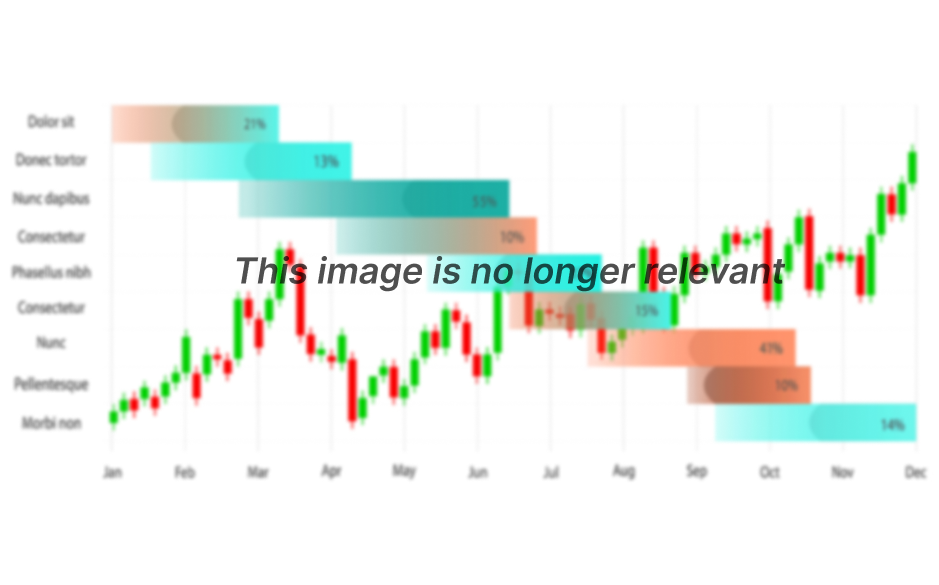4-hour timeframe
Amplitude of the last 5 days (high-low): 68p - 37p - 52p - 29p - 70p.
Average volatility over the past 5 days: 51p (average).
In order to describe all the events of today, after which the EUR/USD currency pair, which usually shows very modest volatility (50-60 points per day), crashed down by 100 points and then grew by 100 points at the same rate, you will need three articles. However, we will try to consider all the events of Thursday, September 12, in one.
The day began very expectedly, with the publication of a report on industrial production in the European Union, which showed a decrease of 2.0% y/y, instead of the forecast -1.3%. In monthly terms, industrial production decreased by 0.4%. Given the failed indexes of business activity in the manufacturing sector in recent months, nothing surprising has happened. Furthermore, all the attention of traders was focused on the results of the ECB meeting and the press conference of the head of regulator Mario Draghi. It all started again as expected. The European Central Bank lowered the deposit rate by 0.1% and now it is at -0.5%. The interest rate on loans remained unchanged at 0.0%. The regulator announced the restart of the quantitative easing program in the amount of 2.6 trillion euros, which will begin its operation in November 2019. Each month, the ECB will buy back securities worth 20 billion euros. The central bank's release also notes that the asset repurchase program will remain in effect until the regulator makes sure that interest rates begin to positively affect the economic situation and ends shortly before the start of the key interest rate hike. By and large, this means that the program will last a very long time, possibly several years.
However, this is far from the most interesting. Along with the start of the press conference, Mario Draghi released a report on inflation in the United States, which unexpectedly for many is below forecast values. The consumer price index in August is only +1.7% YoY (against expectations of traders +1.8%), which causes a wave of disappointment and massive euro sellofs opened just 30-40 minutes ago, started to close. Around the same time, Donald Trump went on the air, who seemed to be following the ECB's decision with no less interest than the entire community of Forex traders. In his Twitter account, the US president wrote: "They (the European Union) are trying and succeeding, in depreciating the euro against a VERY strong dollar, hurting U.S. exports... And the Fed sits, and sits, and sits. They get paid to borrow money, while we are paying interest!". It's easy to guess into whose garden the next cobblestone of Donald Trump flew ...
To understand how fast Trump's reaction to the results of the ECB meeting was, it should be simply noted: there was about 45 minutes between the publication of the rate decision and the beginning of Mario Draghi's press conference. During his speech, Mario Draghi fended off (!!!) Trump's accusations, saying that the ECB does not intend to devalue the European currency. Mario Draghi also said that the likelihood of a recession is low, and negative interest rates have helped to achieve many positive effects. At the end of his speech, the ECB chairman announced a decrease in GDP forecasts for 2019 (from +1.2% to +1.1%) and for 2020 (from +1.4% to +1.2%).
What can be said about all these events? The ECB has taken the exact steps that were expected of it: it softened monetary policy and resumed the program of stimulating the economy. Traders just did not know what volumes of monthly repurchase of securities will be discussed and when the program will begin to operate. The fact that the ECB has lowered its forecasts for GDP is also not surprising, given the state of its economy, which forces the ECB to lower already ultra-low rates. The fall of the euro is an absolutely logical reaction of the market. The further rise of the euro currency is a gift from America for the next holiday, since it is the failed inflation, due to which the Federal Reserve is now almost guaranteed to lower its rate and this saved the euro/dollar pair from updating two-year lows, to which only one point remained. Now you need to wait until the passions in the market calm down, as strong movements within a few hours "knocked down" all the technical indicators.
Trading recommendations:
The EUR/USD pair has shown enviable volatility for today. However, it is recommended not to open new positions today, since technical indicators (Bollinger Bands and Ishimoku) show an ambiguous picture due to overly strong movements.
In addition to the technical picture, fundamental data and the time of their release should also be taken into account.
Explanation of the illustration:
Ichimoku indicator:
Tenkan-sen is the red line.
Kijun-sen is the blue line.
Senkou Span A - light brown dotted line.
Senkou Span B - light purple dashed line.
Chikou Span - green line.
Bollinger Bands Indicator:
3 yellow lines.
MACD indicator:
Red line and bar graph with white bars in the indicator window.










